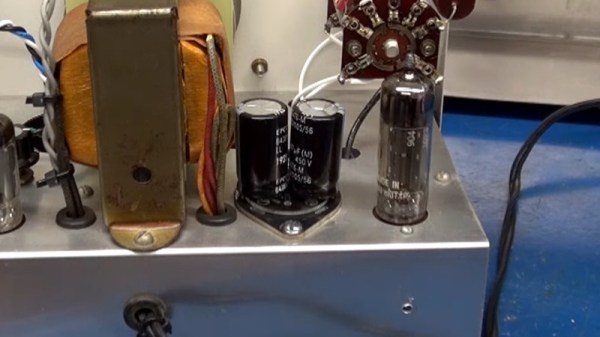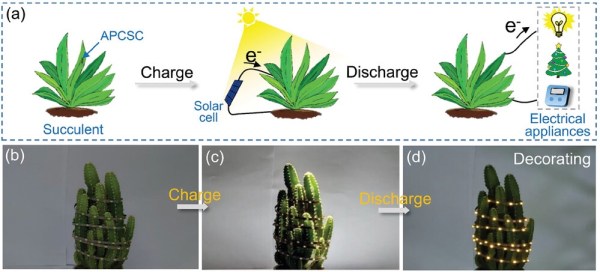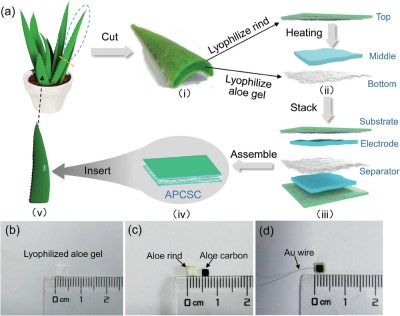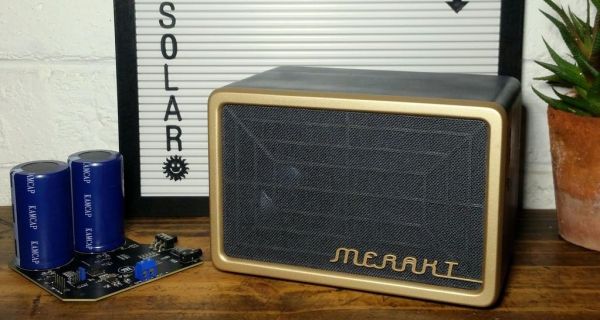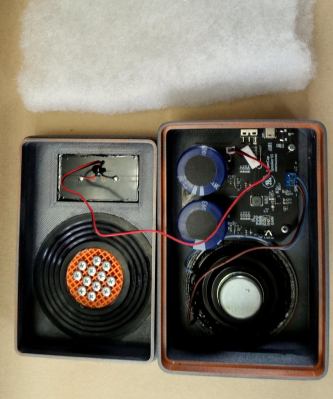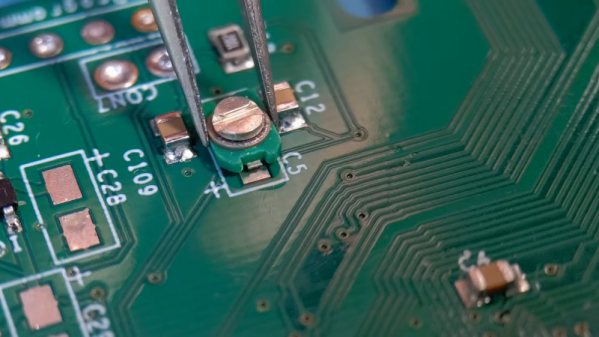The supercapacitor is an extremely promising energy storage technology, and though they have yet to reach parity with the best batteries in terms of energy density, offers considerable promise for a future of safe and affordable energy storage. Perhaps best of all from our point of view, they are surprisingly simple to make. A practical supercapacitor can be made on the bench by almost anyone, as the ever-resourceful [Robert Murray-Smith] demonstrates using mushrooms as his feedstock.
The idea of a supercapacitor is to replace the flat plate on the simple capacitor from your physics textbook with one that has as large a surface area as possible for charge to accumulate on. In this case the surface is formed from organic charcoal, a substance which retains something of the microscopic structure of whatever it was made from. Mushrooms are a good feedstock, because their mycelium structure has a naturally huge surface area. He takes us in the video below the break through the process of carbonizing them, much easier when you have a handy kiln than trying the charcoal-burner method, and then grinds them to a powder before applying them as a paste with a binder to a piece of graphite foil. With two of these electrodes and a piece of paper towel as a dielectric, he demonstrates a simple benchtop supercapacitor running a small electric motor for a surprisingly longer time than we expected.
We’d like to see further work on home made supercapacitors, as we believe they have immense potential as well as storing the stuff. Meanwhile, this is by no means the most unexpected supercapacitor material we’ve seen.


